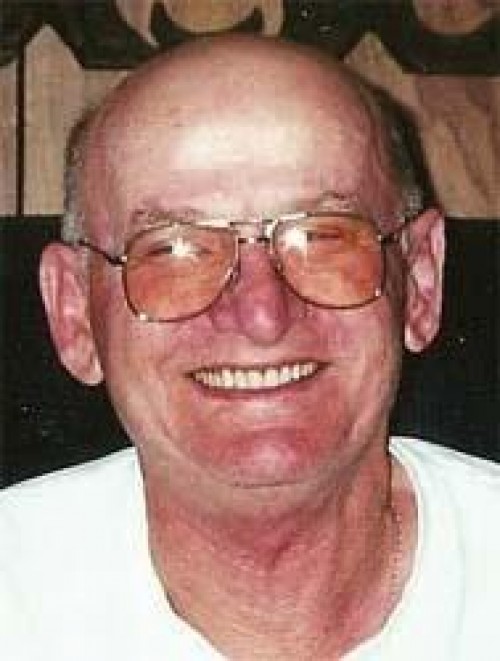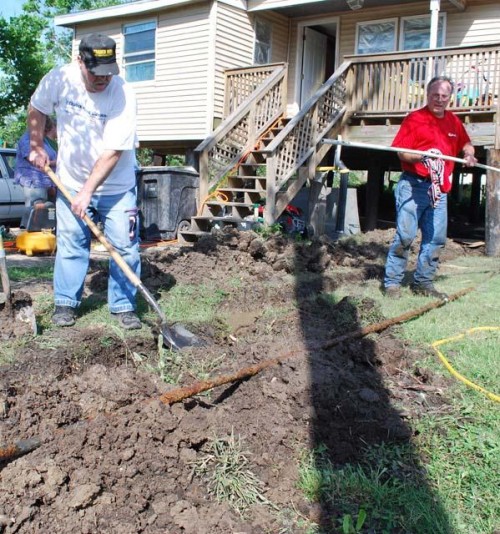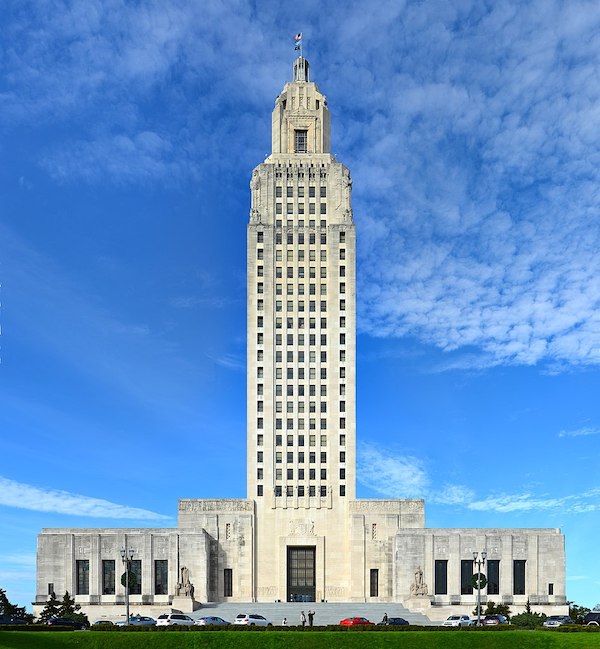
Joyce Marie Cantrelle Marcel
May 5, 2009
Stewart Thomas Landry
May 7, 2009Many Dulac residents had not fully recovered from the 2005 storms of Katrina and Rita when hurricanes Gustav and Ike hit Terrebonne Parish last September.
To an outsider, distinguishing the damage inflicted may seem trivial. But the lack of recovery efforts from the 2005 hurricanes is taking a toll on a community that prides itself on self-sufficiency.
Three-and-a-half years after the initial devastation, residents are struggling to receive federal and state assistance for housing repairs and elevations. Some have still not set foot in their own homes.
An unfortunate combination of residents not understanding how to negotiate the bureaucratic process and a lack of direct funding has kept hundreds stuck in limbo.
The Louisiana United Methodist Disaster Response Ministry, funded by the United Methodist Committee on Relief (UMCOR), has been one of the few continuously-present volunteer organizations still helping residents recover from Katrina and Rita.
Serving Terrebonne, Lafourche and southern Assumption parishes, the Dulac UMCOR station has over 200 clients waiting on housing assistance, with about six new cases added each week.
“This area is lagging behind because the New Orleans area has gotten more direct funding, mostly through grants,” said Joseph Burke, Dulac UMCOR station manager. “I don’t see that happening in this area. Plus, the cost of repair is also greater down here than in New Orleans because the storm damage has opened up a lot of deferred maintenance.”
Getting additional federal funding is something parish council member Clayton Voisin, who represents Dulac, has been passionately fighting for since the 2005 storms.
He is adamant that the government has not done enough to help Dulac residents get back on their feet.
“A large portion of my population in Dulac are commercial fishermen who lost their boats, equipment and time,” he said. “They’re not getting a lot of help to maintain their culture and their survival. I would hope the government would be on the ground helping these people in their community. They do it in third world countries, but this seems like a forgotten population.”
UMCOR recently received a $1 million grant from the Louisiana Families Recovery Corps (LFRC), established in 2005 as the state’s official agent to coordinate humanitarian services in natural and man-made disasters.
The grants provide 55 homeowners with $15,000 for repairs. With UMCOR’s $7,500 matching contribution for each home, plus its volunteer labor force, they can expand the amount of repairs done to over $40,000, according to Reagan Wooley, UMCOR case manager.
Currently, UMCOR has 46 homes in various stages of repair and houses about 60 volunteers a week at the Dulac Community Center. That number is expected to increase to around 150 a week starting in June, according to volunteer coordinator Stephanie Verdin.
Even with the influx of funds and helping hands, the work to get residents back into their homes will be painfully slow.
“Each week is different in the number of volunteers and their skill set,” Verdin said. “For spring break we got a lot of college students, but they didn’t have repair skills, so all they could do is clean and gut houses. For this week, I’m going to have volunteers, but the week of (May) 10th, I’m not going to have any at all.”
UMCOR has gotten help from local contractors who are willing to discount their services. That is a luxury many Dulac residents could only dream of getting.
“It’s hard to find affordable roof contractors, and sometimes you have to work around the system,” said Jaime Billiot, Dulac Community Center director.
Even the LFRC funding has restrictions that limited who and how many can be helped.
For example, the grants cannot be used to replace or repair mobile homes. That is a problem according to Verdin because 60 percent of the Dulac station’s clients live in mobile homes.
LFRC President and CEO Dr. Monteic A. Sizer defended the agency’s decision as ensuring a solid economic outcome on the money invested in rebuilding.
“We recognize that families live in all types of housing options,” he said, “but we made a decision to deal with brick and mortar properties mainly due to being able to justify the cost to rehab a home. The rehab cost should be more than the home is worth. Mobile homes are not as expensive as stick built homes to repair. We are looking for additional resources to address that issue, but we cannot do it at this time.”
Other problems the Dulac residents have been contending with is not receiving money for home elevation from the Road Home program and getting Federal Emergency Management Agency (FEMA) assistance to cover the actual cost of repair.
Several homeowners complained that three and a half years after Katrina and Rita they are still waiting on a final decision from Road Home.
Attempts to contact Road Home officials for comment had not been returned as of press time.
“With the kind of help and the number of people, $1 million doesn’t go far at all,” Burke said. “You have to take into account that many people need to have their houses raised here in Terrebonne Parish to meet FEMA flood requirements.”
Auto mechanic Larry Martin is one of the lucky recipients of a LFRC grant, and will be moving back into his house at the end of the month.
His Shrimper’s Row home took on 3 feet of water during Hurricane Rita and another 2 feet after Hurricane Ike. Martin and his family – wife Rita, and kids Brett, 18, and Jessica, 11 – have not lived their home since pre-Katrina.
“We’ve been renting and staying with relatives,” Martin said. “We’ve just been waiting on FEMA and Road Home. I got $6,000 for home repairs from FEMA, but I used it to fix the roof damage. So far, nothing for elevation.”
“This has been tough on them. We come by the house almost every night to clean up after the volunteers finish,” he explained. “It’s been a help to have the volunteers because without them, I don’t think we’d ever been able to come back.”
Mabel Johnson’s Shrimper’s Row home had never flooded before Hurricane Rita washed her away.
She was almost able to rebuild her home last summer when Mother Nature struck again.
“I got nothing from Road Home. FEMA gave me a trailer and a little change that I was able to buy some materials to rebuild my house,” Johnson said. “By the time (UMCOR) was ready to get to me, here comes Ike, and I flooded again.”
UMCOR officials met with Terrebonne Parish President Michel Claudet and Housing and Human Services Director Darryl Waire about receiving a portion of the estimated $120 million in Community Development Block Grant to continue the rebuilding efforts in Dulac.
“We’re anxious to help anybody who wants to help our residents,” Claudet said, “but any projects that are going to be funded by CDBG funds have to go through the competitive process which require ROPs (Request for Proposals) and RFQs (Request for Qualifications).”
Waire said the parish would to set aside money so that nonprofit groups like UMCOR can compete for funding, but the parish has to submit its plan for the CDBG money to the Louisiana Recovery Authority and the U.S. Department of Housing and Urban Development for approval.
Dulac residents do not seem to care about what the government entities have to say about budget plans. They just want funding to repair their hurricane-ravaged homes to flow quicker than it has for the past three and a half years.
“They need to send some money down this bayou,” Johnson said. “You tell Bobby Jindal and Barack Obama to come down to 4923 Grand Caillou Road because we haven’t gotten over the hurricanes.”
UMCOR volunteers David Stephens of Snyderburg, Pa. and Jack Mullisk of Tylersburg, Pa. replace a water service line of Dulac resident Linus Parfait. Stephens and Mullisk are two of the roughly 60 volunteers who spent a week helping to repair hurricane-damaged homes in Dulac.











